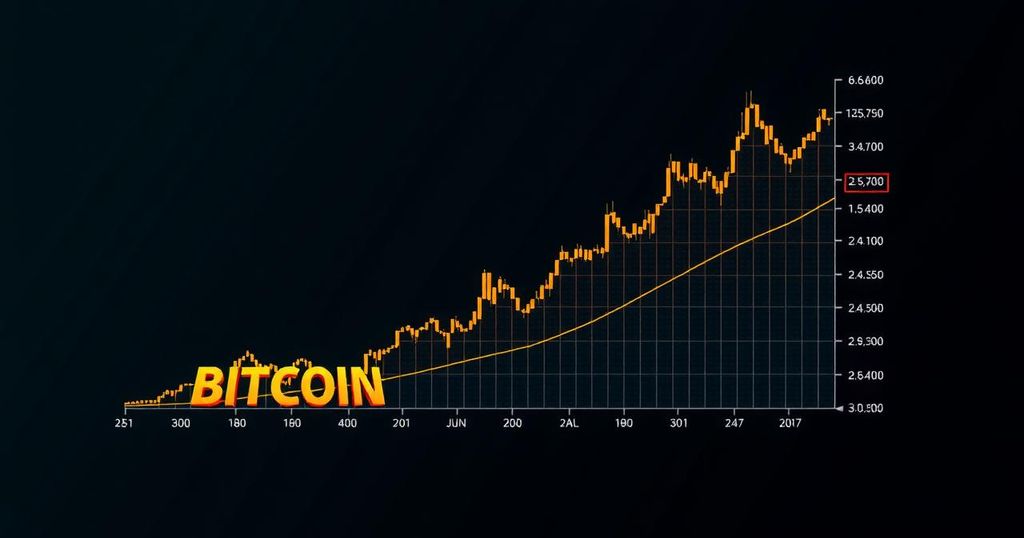Analyzing the Recent Decline in Bitcoin Prices: Causes and Implications
In recent developments, Bitcoin (BTC) experienced a significant downturn, posting its most severe daily performance since the global market decline on August 5. Despite persistent long-term optimism among traders regarding a potential price surge in response to anticipated interest rate cuts by the Federal Reserve in September 2024, Bitcoin’s value plummeted more than 6% within a 24-hour span, dropping below $58,500. At the lowest point during this decline, Bitcoin traded for approximately $58,000.
The ongoing decline in Bitcoin’s price appears to be influenced by so-called “whales,” which may encompass either individual investors or larger institutional players. Notably, a significant amount of Bitcoin has been transferred from over-the-counter (OTC) desks, with on-chain analytics from Glassnode revealing a substantial decrease in Bitcoin held by such desks. Since August 27, over 1,000 BTC, valued at more than $60 million, has exited these addresses. Historically, withdrawals from OTC balances have often been correlated with declines in BTC’s market price.
Adding to the complexity, reports from Whale Alert have highlighted large transfers of Bitcoin directly to exchanges. For example, one substantial transaction involved the transfer of 2,300 BTC, equivalent to approximately $141.81 million, to the Kraken exchange shortly before the price drop commenced. Furthermore, this particular whale still retains a significant reserve of 18,141 BTC, valued at around $1.07 billion, which could pose additional risks for selloffs should market demand remain subdued.
Such large transactions often indicate that major traders are securing short-term profits, especially following Bitcoin’s price rebound from lows of approximately $49,575 to peaks near $65,100. This behavior is also reflected in the recent drop in Bitcoin’s on-chain metrics that track unrealized profits and losses. In historical trends, similar dips have often corresponded with the formation of local price peaks in Bitcoin’s value.
Market participants are prudently locking in profits prior to the release of crucial economic data, particularly the U.S. Personal Consumption Expenditures (PCE) report scheduled for August 30 and Nvidia’s earnings announcement on August 28. Comments from Federal Reserve Chair Jerome Powell have hinted at a possible dovish adjustment to monetary policy, with a potential interest rate cut looming in September 2024. However, the central bank’s decision will significantly depend on the forthcoming PCE data.
Should inflation remain persistently elevated, this may negatively impact risk appetite among traders. The current losses observed in Bitcoin’s market price seem to stem from these apprehensions, as traders seek to secure profits against the backdrop of uncertain economic indicators.
Particularly noteworthy is Nvidia, a leading semiconductor giant valued at $3.2 trillion, set to announce its earnings after U.S. markets close on August 28. Analysts project a remarkable revenue growth of 70% for the quarter, fueled by burgeoning demand within the artificial intelligence sector. Nvidia has experienced a significant stock growth of 160% in 2024, contributing to approximately 30% of the gains in the Nasdaq 100 index.
This strong performance has led to an increase in the correlation between Bitcoin and the Nasdaq 100. Recent trends have indicated that the cryptocurrency market is beginning to reflect the fluctuations of the Nasdaq, largely influenced by anticipation surrounding Nvidia’s forthcoming earnings report.
From a technical analysis standpoint, the recent price decline in Bitcoin reflects a breakdown from a prevailing rising wedge pattern, as discussed in detail at FX Empire. Investors and analysts are encouraged to monitor these developments to ascertain potential price targets for the upcoming month of September.
In conclusion, the recent downturn in Bitcoin’s price underscores the complexity of market dynamics, influenced by large transactions, economic indicators, and technical patterns. Stakeholders within the cryptocurrency arena must remain vigilant as they navigate these market fluctuations, taking insights from both historical data and current market behavior.








Post Comment